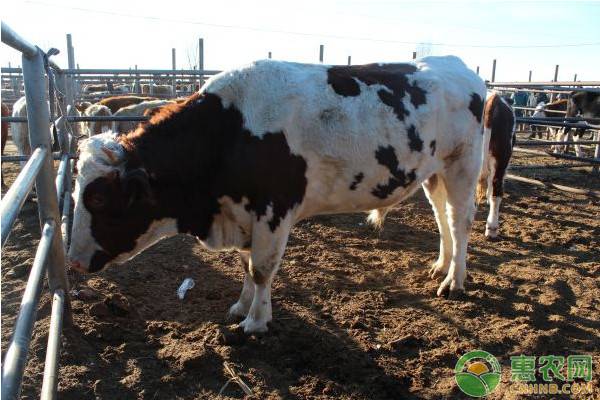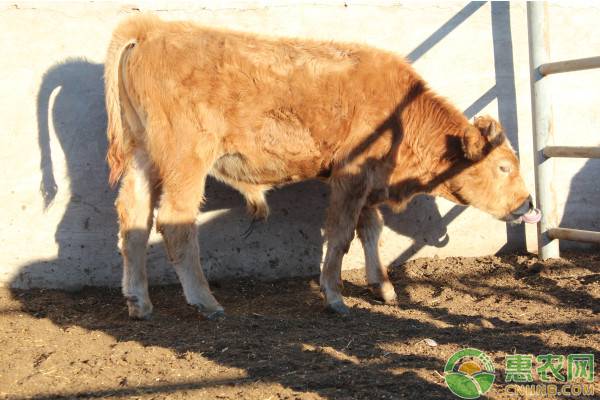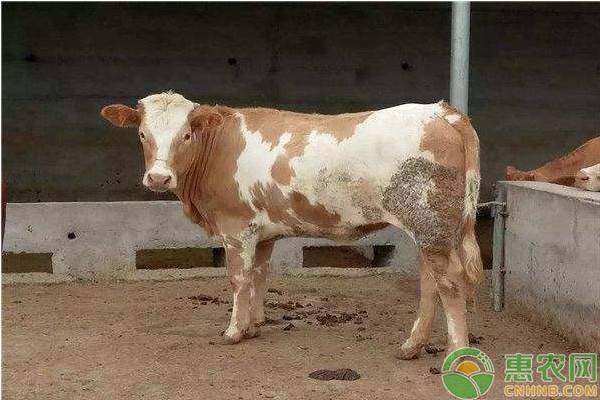At present, the price of beef in China is not very cheap. The market prospect of beef and mutton is still quite good. Therefore, in order to ensure the development of beef cattle breeding, farmers need to use certain measures and means to judge the type of disease. Find out the cause of the disease and use reasonable preventive measures and corresponding problem-solving methods to strengthen the control of the disease and improve the quality of the beef.

1 Prevention strategy for beef cattle disease
1.1 Optimize the breeding environment of beef cattle
In the beef cattle breeding industry, a good external environment has a good promoting effect on the healthy growth and disease prevention of beef cattle. Therefore, in order to improve the quality of beef cattle, it is necessary to provide a good living environment for beef cattle, from the site selection of the breeding site, feed selection, water source selection, barn management and beef cattle fattening, production, etc., to reduce external environmental factors. influences.
1.2 Improve the prevention and control system of beef cattle disease in relevant departments
A sound system is the basis for ensuring the prevention and treatment of beef cattle diseases, and it has a strengthening and restraining effect on the control of beef cattle diseases. To improve the prevention and control system of beef cattle disease management by relevant departments, first of all, relevant government agencies should be concerned to raise the attention to the management mechanism of beef cattle breeding, and strengthen the disease prevention and control mechanism to ensure that the prevention and treatment of beef cattle diseases can be effectively carried out under the constraints of the system. Secondly, formulate corresponding prevention mechanism plans, use effective techniques to deal with the disease problems faced; finally, strengthen the understanding of the characteristics and causes of the disease, combine the causes and characteristics, explore the corresponding types of disease control technologies, and improve the disease prevention and control strategies. To provide a basis and basis for the prevention and treatment of various diseases.
2 treatment of common beef cattle diseases
2.1 Diarrhea problems
2.1.1 Causes
There are many causes of diarrhea in beef cattle, such as excessive drinking water, unsanitary drinking water, illness and improper diet.
2.1.2 Clinical phenomena
When diarrhea occurs in beef cattle, the symptoms that often occur are thin feces, increased gas production in the intestines, and increased tone of the large intestine.

2.1.3 Treatment
For the diarrhea problem of beef cattle, it is mainly through the control of diet and drinking water to ensure the digestion effect. Specifically, in the effective control of the reference water, pay attention to the cleanliness of drinking water, avoid using pool water with more bacteria as daily water, use fluoride acid or sputum net drinking water as much as possible, and beef cattle The body is injected with acetaminophen to reduce the bacteria entering the beef cattle. At the same time, if you want to avoid the diarrhea caused by improper feeding of distiller's grains, you can add a proper amount of baking soda to the distiller's grains. In addition, the appropriate amount of Jianwei Powder is added to the cattle feed to improve the digestion ability of the cattle.
2.2 Infectious pleuropneumonia
2.2.1 Causes
The main reason for the formation of infectious pleuropneumonia is that during the feeding of beef cattle, it is affected by the environment inside the environment, leading to infection of the bacteria.
2.2.2 Clinical manifestations
Infectious pleuropneumonia is an acute disease. Once infected, it will also have abdominal breathing and symptoms of pleuropneumonia. It is accompanied by elevated body temperature, body fever, sputum purulent nasal fluid or fluid. . And because of difficulty breathing, often with a "squeaky" sound, once palpated between the ribs will cause pain in the body of the beef cattle. In addition, the appetite of the sick cow is good or bad, often with dry cough and edema in the chest, lower abdomen and neck.
2.2.3 Prevention and treatment
In order to avoid infectious pleuropneumonia in beef cattle, it is necessary for the farmers to take preventive measures in the breeding process, do daily anti-epidemic work, provide a good living environment for the growth of beef cattle, regularly inject vaccines, and pay attention to the control of external sources of pollution. . Once the disease is discovered, it is necessary to diagnose it in time and isolate the diseased cattle. The flufenicol injection was used to inject the diseased cattle, and the compound lincomycin hydrochloride, orthomycin and chloramphenicol were used for the treatment of the disease.
2.3 Foot and mouth disease
2.3.1 Causes
Foot-and-mouth disease is an acute, heat and contact infectious disease that occurs mainly in cloven-hoofed animals and is a disease that is prevalent throughout the year. Once the beef cattle are exposed to the bacterial virus of the foot-and-mouth disease pathogen, they are susceptible to infection. Because the virus is highly adaptable to the environment, this can cause the virus to affect beef cattle in many farming environments.
2.3.2 Clinical manifestations
Once the beef cattle suffer from foot-and-mouth disease, the temperature of the body will rise rapidly and the symptoms of fever will be as high as 40 to 42 degrees. If it is not treated in time, the blisters in the mouth of the beef will gradually rupture and form ulcers, leading to ulceration of the mouth. In addition, different degrees of blisters appear in the breasts and hooves of beef cattle. In general, the disease is highly contagious, but the mortality rate is very low. Only the sick cows who do not form a malignant foot-and-mouth disease in time will die.
2.3.3 Prevention and treatment
In the control of the disease of foot and mouth disease of beef cattle, it is mainly used to prevent the disease in the beef cattle by means of regular vaccination. However, for beef cattle that are already ill, the treatment should start with the source of the disease, use disinfection to avoid further influence of the source of infection, and isolate the infected beef cattle to prevent other beef cattle. At the same time, pay attention to strengthen the detection of the health quality of beef cattle. After the occurrence of foot-and-mouth disease in beef cattle, timely use antiviral drugs for injection. According to the 5-day course of treatment, after 2 to 3 treatments, the research on foot-and-mouth disease occurs. Other types of drugs can be used for treatment until the disease is lost.

2.4 Influenza
2.4.1 Causes
Influenza occurs in beef cattle, usually due to rapid temperature changes, weakened metabolic capacity of beef cattle, weak resistance of the farming environment to external factors, and infection by other pathogens.
2.4.2 Clinical manifestations
Once the beef cattle suffer from influenza, there are often redness and swelling of the bull's eye, difficulty breathing, joint inflammation, severe nasal fluid, cough and loss of appetite.
2.4.3 Prevention and treatment
In order to avoid the epidemic disease of beef cattle, on the one hand, it is necessary to prevent the beef cattle breeding. In this process, first of all, attention should be paid to the warmth function of the beef cattle fence to avoid cold wind invasion. Secondly, the isolation of diseased beef cattle, especially the calf, is weaker and must be done in disease control management. Finally, properly The amount of beef cattle exercise enhances their immunity. On the other hand, it is necessary to do a good job in the treatment of beef cattle. You can use fresh perilla whole grass and onion, and sauté the juice, and take it once a day for 3 days. Then use wild Gynostemma tea and green tea to fill with water, or you can use some suitable drugs.
All in all, in the beef cattle breeding, in order to reduce the disease of beef cattle and improve the quality of beef, it is necessary to strengthen the prevention and control of beef cattle disease in the breeding, to prevent the disease, reduce the occurrence of disease, and find out and eliminate the possibility of timely impact. Various factors in the quality of beef cattle breeding, and strengthen the control of internal and external factors. In addition, do a good job in the prevention and treatment of diseased beef cattle, and reduce the loss of farming.
For the wonderful pictures and popular comments on the common disease prevention and control technology of beef cattle, you may be interested in the following recommended contents. Welcome to read.
YT-H711
YT-H711
Shenzhen Sunshine Technology Co.,Ltd , https://www.shenzhenyatwin.com